

- RFQ
- BOM
-
Contact Us
Tel: +86-0755-83501315
Email: sales@sic-components.com
- Chinese
- English
- French
- German
- Portuguese
- Spanish
- Russian
- Japanese
- Korean
- Arabic
- Irish
- Greek
- Turkish
- Italian
- Danish
- Romanian
- Indonesian
- Czech
- Afrikaans
- Swedish
- Polish
- Basque
- Catalan
- Esperanto
- Hindi
- Lao
- Albanian
- Amharic
- Armenian
- Azerbaijani
- Belarusian
- Bengali
- Bosnian
- Bulgarian
- Cebuano
- Chichewa
- Corsican
- Croatian
- Dutch
- Estonian
- Filipino
- Finnish
- Frisian
- Galician
- Georgian
- Gujarati
- Haitian
- Hausa
- Hawaiian
- Hebrew
- Hmong
- Hungarian
- Icelandic
- Igbo
- Javanese
- Kannada
- Kazakh
- Khmer
- Kurdish
- Kyrgyz
- Latin
- Latvian
- Lithuanian
- Luxembou..
- Macedonian
- Malagasy
- Malay
- Malayalam
- Maltese
- Maori
- Marathi
- Mongolian
- Burmese
- Nepali
- Norwegian
- Pashto
- Persian
- Punjabi
- Serbian
- Sesotho
- Sinhala
- Slovak
- Slovenian
- Somali
- Samoan
- Scots Gaelic
- Shona
- Sindhi
- Sundanese
- Swahili
- Tajik
- Tamil
- Telugu
- Thai
- Ukrainian
- Urdu
- Uzbek
- Vietnamese
- Welsh
- Xhosa
- Yiddish
- Yoruba
- Zulu
- Kinyarwanda
- Tatar
- Oriya
- Turkmen
- Uyghur
ICs for EV Charging Systems
Why Chips Are the Core of EV Charging Systems?
The core function of an EV charging system is to achieve safe conversion and transmission of electrical energy, with chips serving as the underlying support for this process. Their performance directly determines:
Conversion efficiency: Must reach over 95% (to reduce energy consumption and heat generation);
Safety response: 1μs-level response to faults such as 30mA leakage (compliant with standards like IEC 61008);
Compatibility: Support for multiple protocols (e.g., OCPP 1.6J, ISO 15118) to adapt to different vehicle models and power grids;
Environmental adaptability: Stable operation within a wide temperature range of -40℃~+85℃.
These performances not only affect charging speed and battery life but also directly relate to user safety; the integration level of chips also determines the size and installation complexity of charging piles.
Four Core Chip Modules of EV Charging Systems
1. Energy Conversion Chips: Realizing Electrical Energy Form Conversion
Responsible for converting AC from the power grid to DC required by power batteries, they are the core of energy flow.
On-board OBC (3.3-22kW): A typical solution is Infineon CoolSiC™ MOSFET paired with AURIX™ TC3xx MCU, supporting 800V high-voltage batteries with efficiency >96.5% and 30% smaller volume than traditional silicon solutions;
DC fast charging (120-360kW): Microchip 1200V SiC modules (e.g., MSCSICPFC/REF5) achieve 98.6% efficiency, with switching frequency increased to 200kHz, reducing the volume of magnetic components by 50%. Combined with dsPIC33C digital gate drivers, 0.5μs short-circuit protection is realized.
2. Safety Protection Chips: Real-time Monitoring and Fault Response
Used to monitor parameters such as voltage, current, and temperature, quickly cutting off abnormal circuits to ensure system safety.
Residential charging piles: ST L9963 integrates 30mA residual current protection (RCD) and 6mA DC leakage protection, supporting IP67 waterproofing, and maintains ±5% accuracy at -20℃ low temperatures;
Vehicle-side protection: Lontium MSE1022 PLC chip (compatible with HomePlug GreenPHY) supports the ISO 15118 communication protocol, featuring 200μs heartbeat monitoring, and passes AEC-Q100 automotive certification (junction temperature tolerance of 150℃).
3. Intelligent Interaction Chips: Enabling Pile-Vehicle-Cloud Collaboration
Responsible for communication and control of the charging system, supporting data interaction between devices and remote management.
Protocol processing: NXP S32K144 integrates CAN FD and LTE Cat M1 communication interfaces, supporting OCPP 1.6J remote upgrades, with a hardware security module (HSM) compliant with ISO 26262 ASIL B safety standards;
Metering function: Renesas RL78/I1C achieves 0.1% energy metering accuracy through a 24-bit ΔΣ ADC, supporting firmware OTA upgrades, with data traceable for over 10 years.
4. High-Voltage Driver Chips: Ensuring Stable Operation of Power Devices
Used to drive power devices such as IGBTs and SiC MOSFETs, ensuring efficient switching in high-voltage environments.
On-board DC/DC: TI UCC21540 achieves ±0.5% constant voltage accuracy through 16-bit digital control, integrating power factor correction (PFC) function with a power factor >0.99;
Supercharging module: Infineon 2ED300C12-F2 gate driver chip supports 1500V high-voltage systems, with a short-circuit protection response time of 0.8μs, reducing switching losses by 22% when paired with SiC MOSFETs.
Scenario-Based Chip Recommendation List
Application Scenario Core Requirements Recommended Chip Combination Key Performance Indicators
Residential slow charging (7kW) Small size, high safety TI UCC21540 + ST L9963 + Lontium MSE1022 95.2% efficiency, OZEV certification support, wide-temperature operation
On-board OBC (11kW) 800V high voltage, bidirectional charging Infineon CoolSiC™ + AURIX TC3xx 3L volume, V2G reverse power supply support, -40℃ startup
Commercial fast charging (120kW) High voltage tolerance, fast response Microchip 1200V SiC module + dsPIC33C 1500V voltage tolerance, MTBF over 200,000 hours
Shared charging gun Multi-protocol compatibility, remote management NXP S32K144 + Renesas RL78/I1C Cluster management support, OTA upgrades
Technical Trends and Selection Points
Popularization of SiC devices
SiC MOSFETs have an on-resistance only 1/10 that of silicon IGBTs and a switching speed 5 times faster. They are standard for 800V high-voltage platforms, improving charging efficiency by 1-2% and reducing the volume of heat dissipation components by over 40%.
Compatibility of communication protocols
Different regions have different requirements for charging protocols: Europe requires OCPP 1.6J + ISO 15118-3, while China requires compliance with GB/T 34658. Choosing communication chips certified for automotive use (e.g., Lontium MSE1022) can avoid issues caused by protocol incompatibility.
Feasibility of domestic substitution
Some of our domestic chips (e.g., Xinbaiwei CBM8201, pin-compatible with TI UCC38950) can reduce BOM costs by approximately 35% with only a 0.3% decrease in efficiency, and have passed CQC certification. Before substitution, verification of temperature rise, EMI, and long-term reliability is required.
Conclusion
The performance of EV charging systems, from efficiency to safety, from compatibility to reliability, is determined by chip performance. Understanding the functions and selection points of chips in different scenarios is the basis for designing efficient and safe charging systems.
https://www.sic-components.com/

Hot Products
View MoreRelated Blogs

2000+
Daily average RFQ Volume

30,000,000
Standard Product Unit

2800+
Worldwide Manufacturers

15,000 m2
In-stock Warehouse



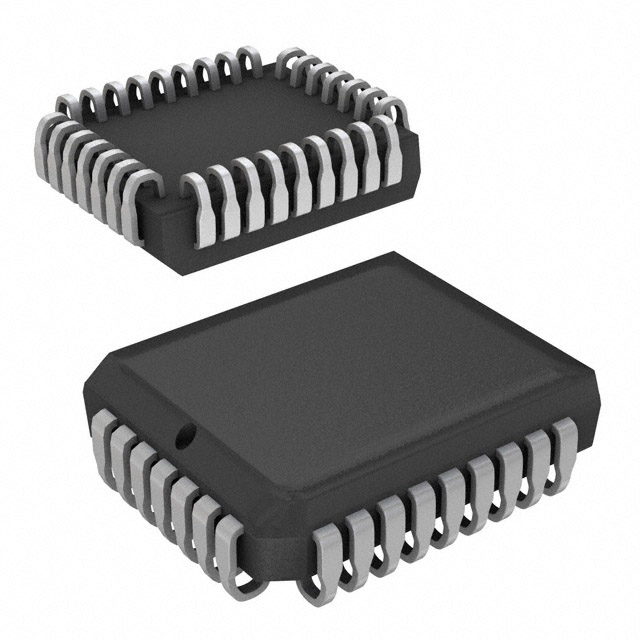

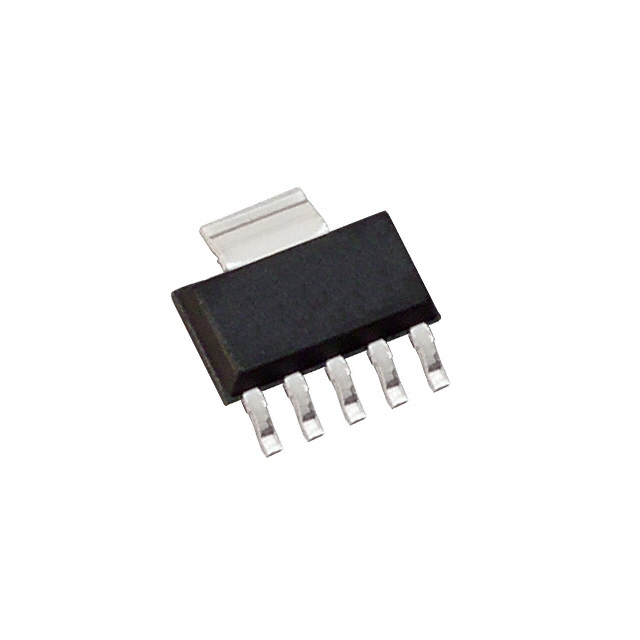
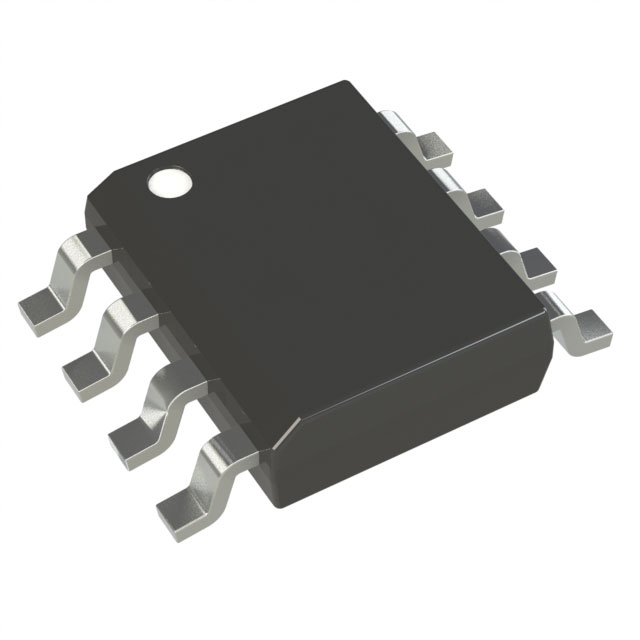

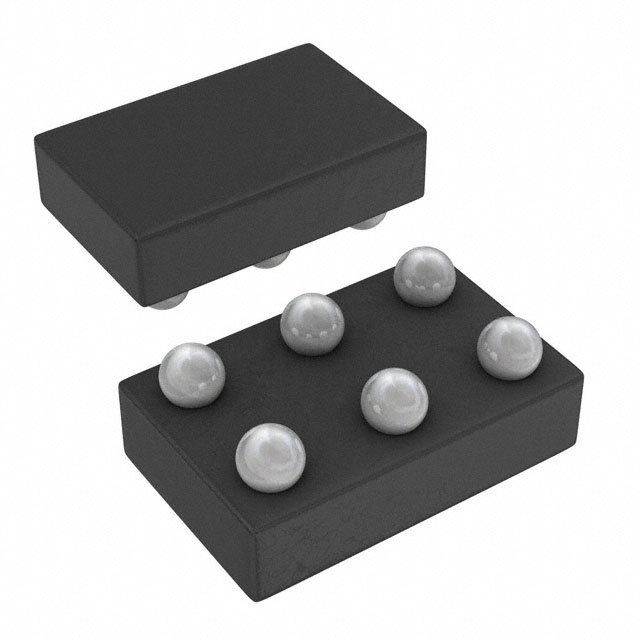
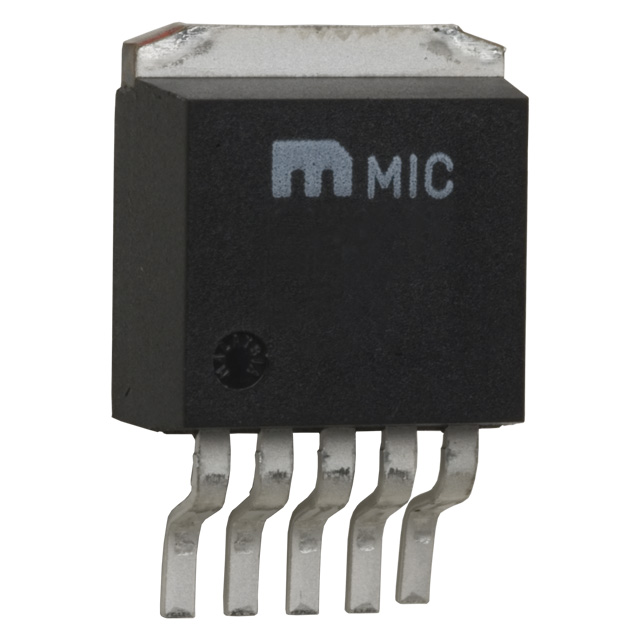
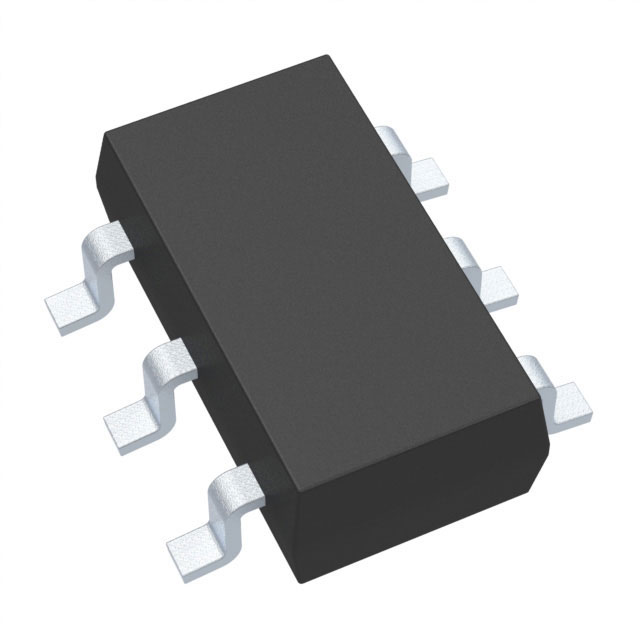
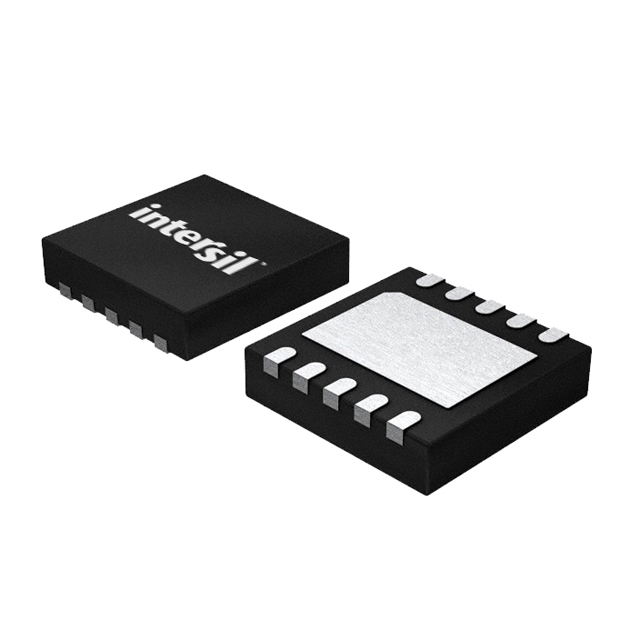
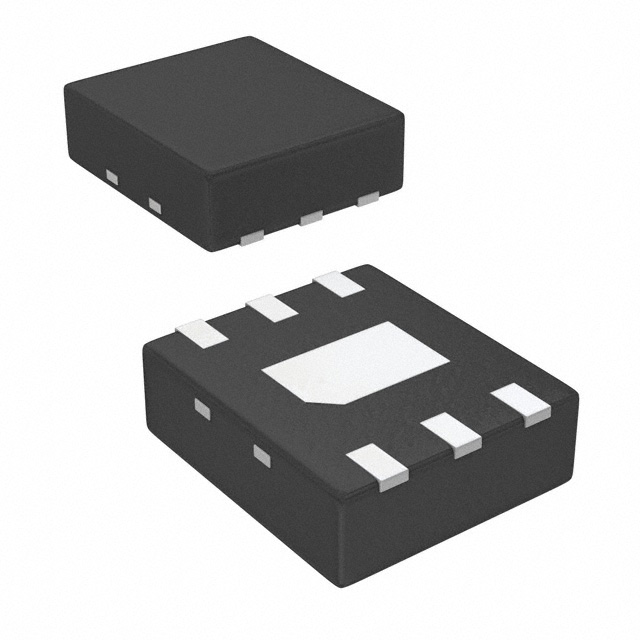
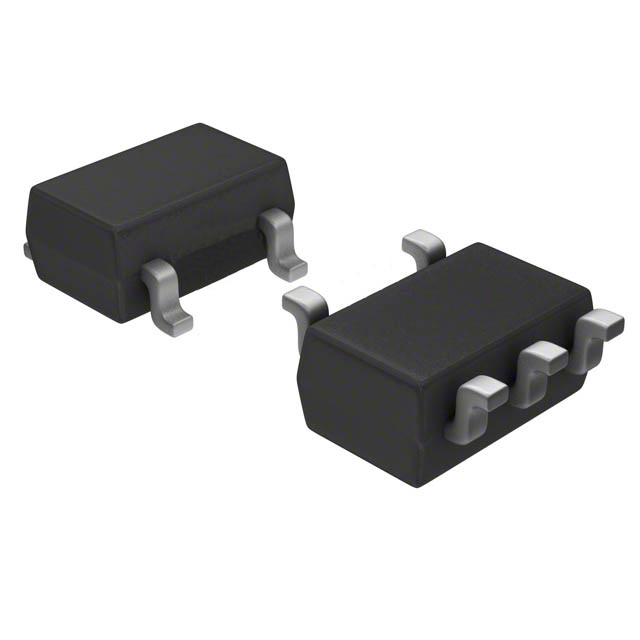

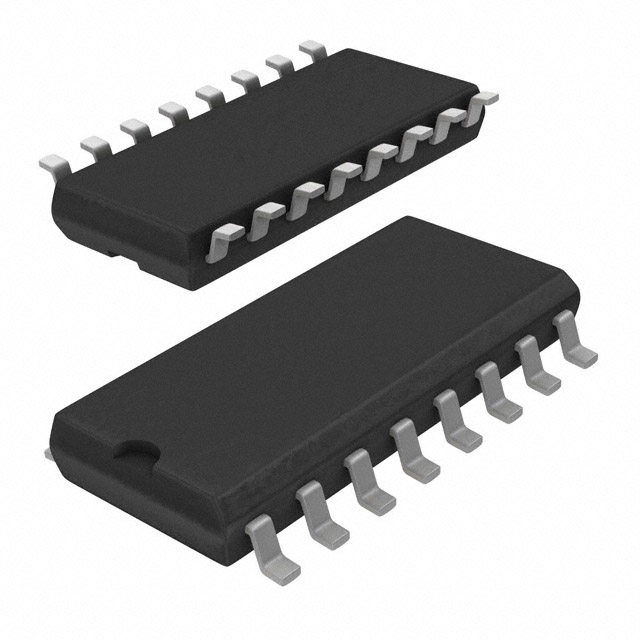
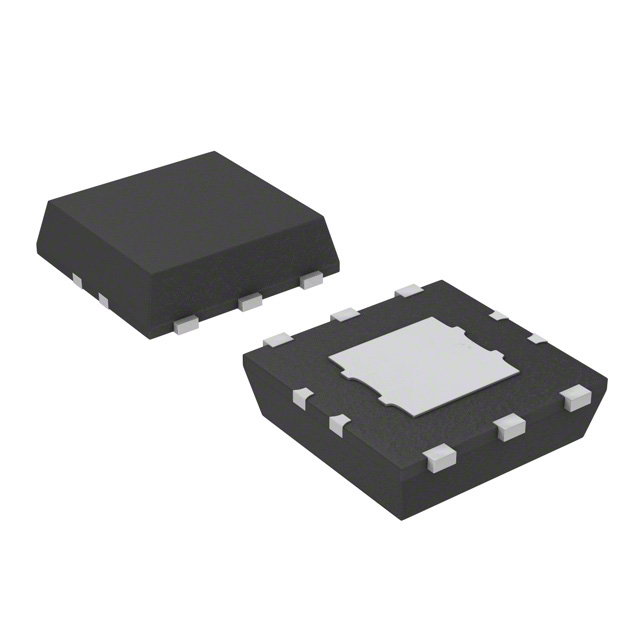
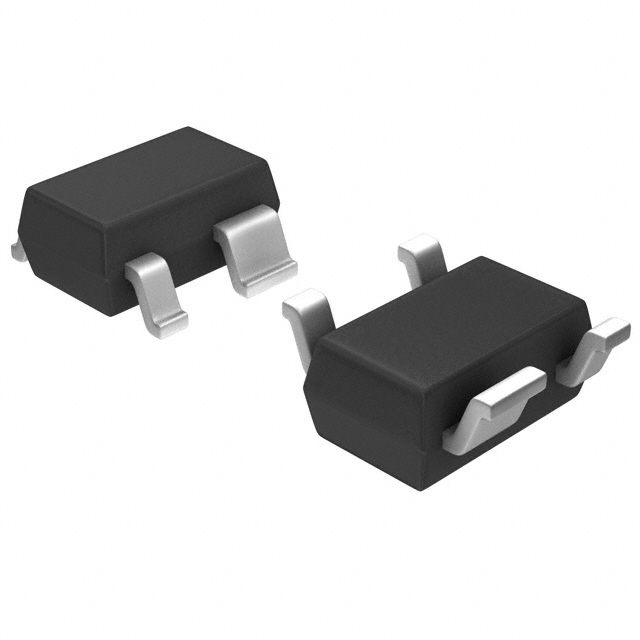
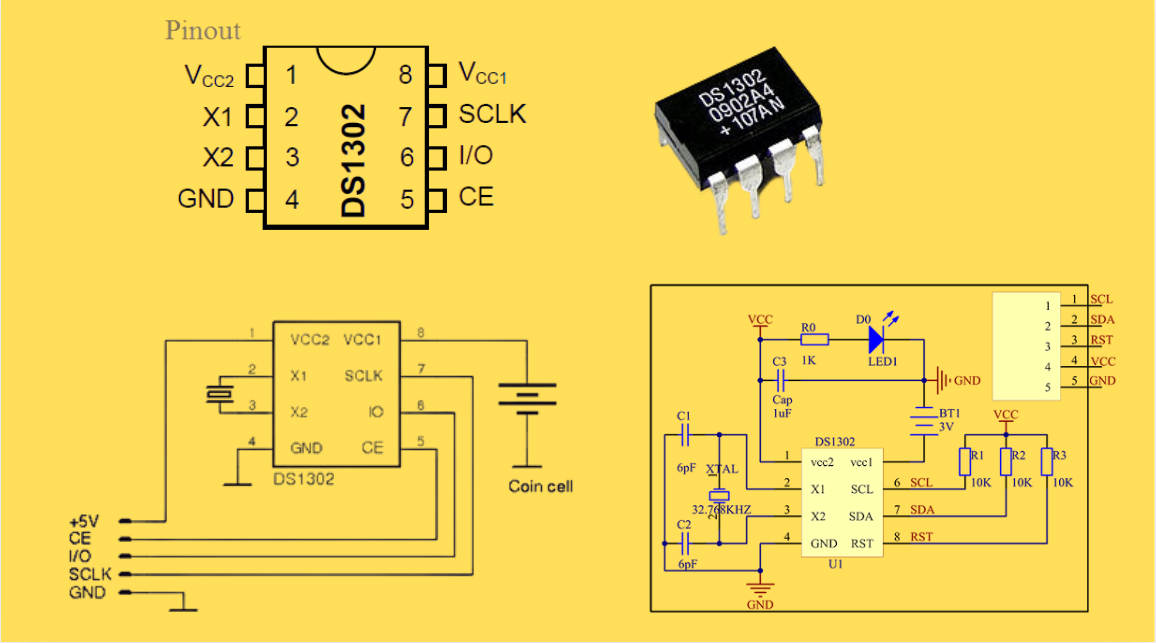

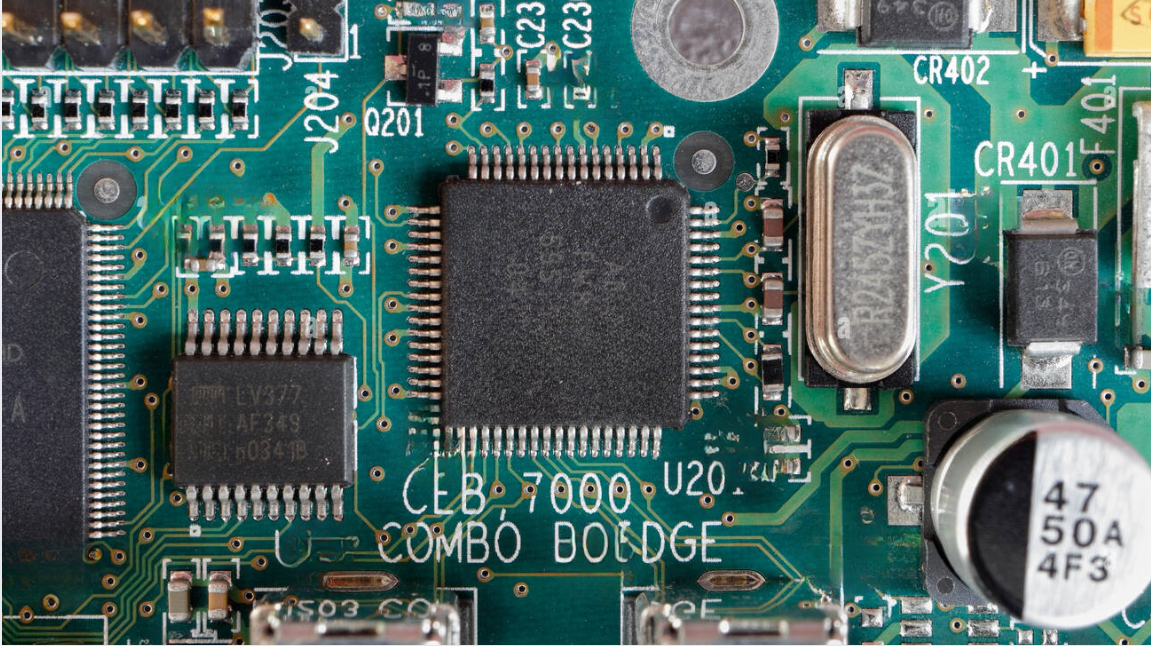
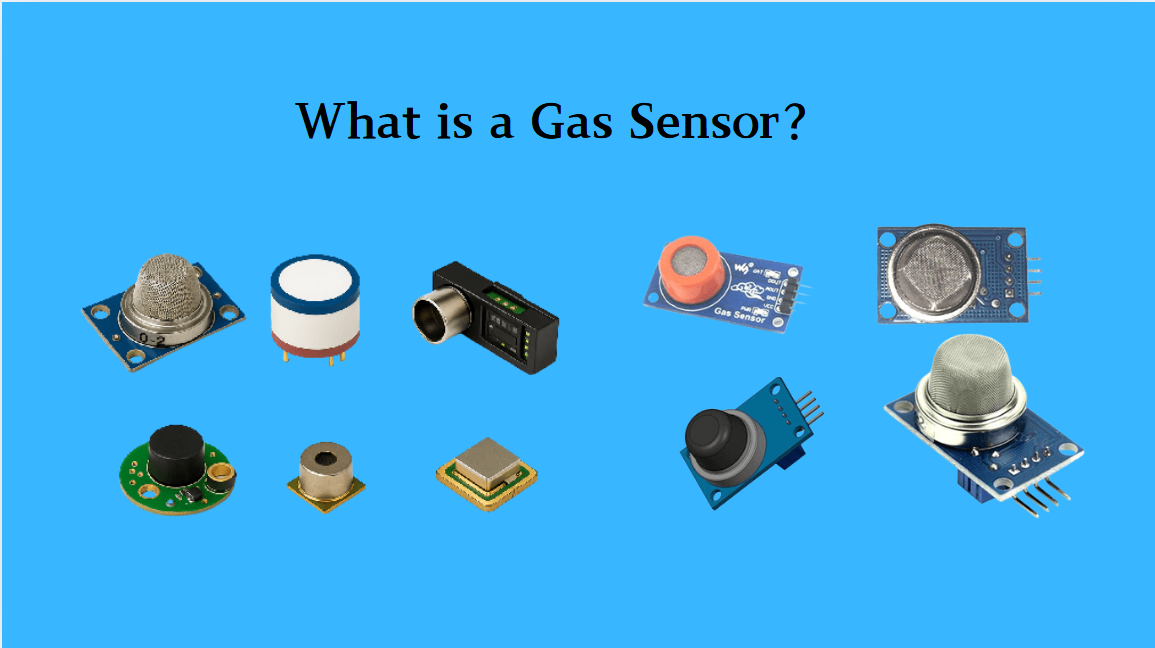

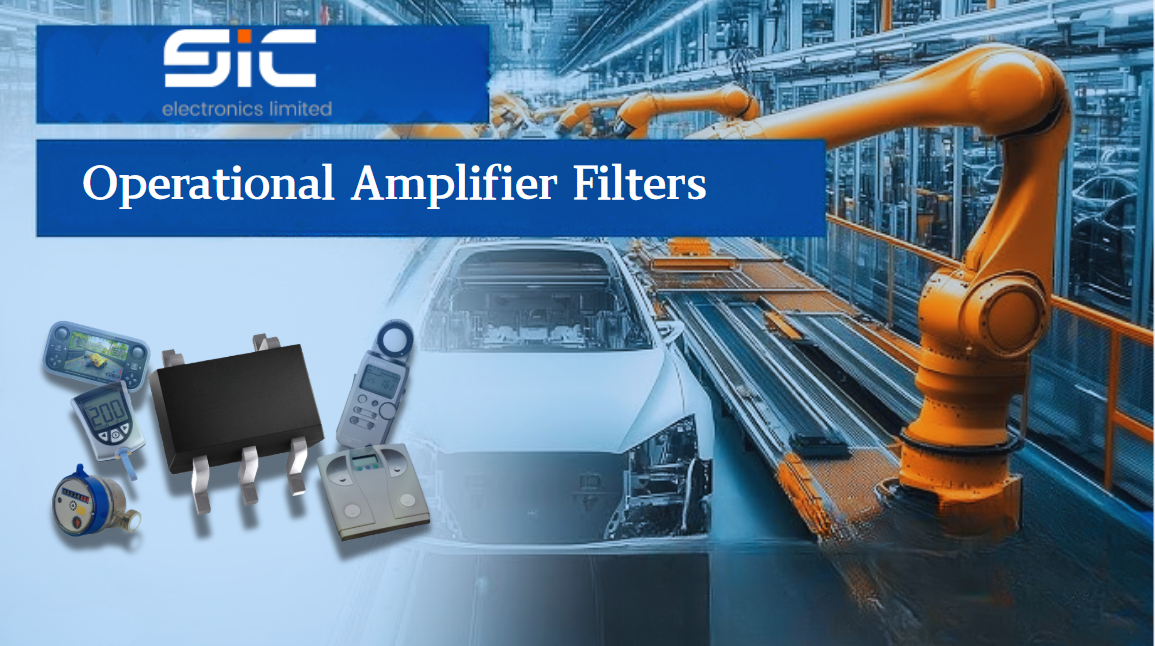
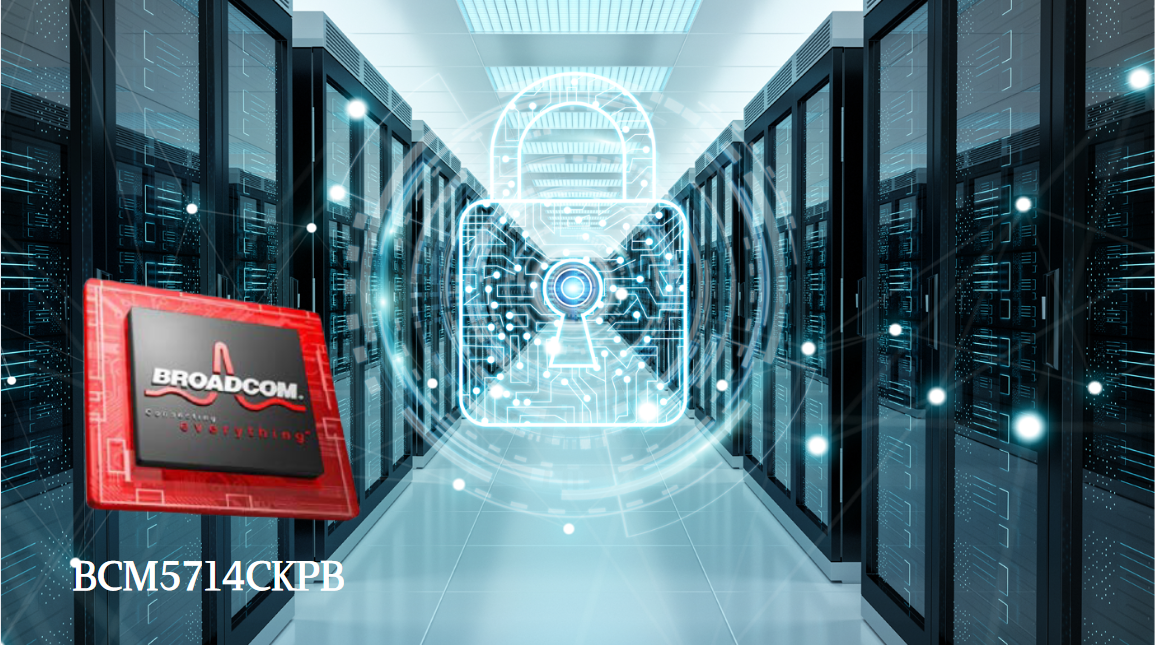
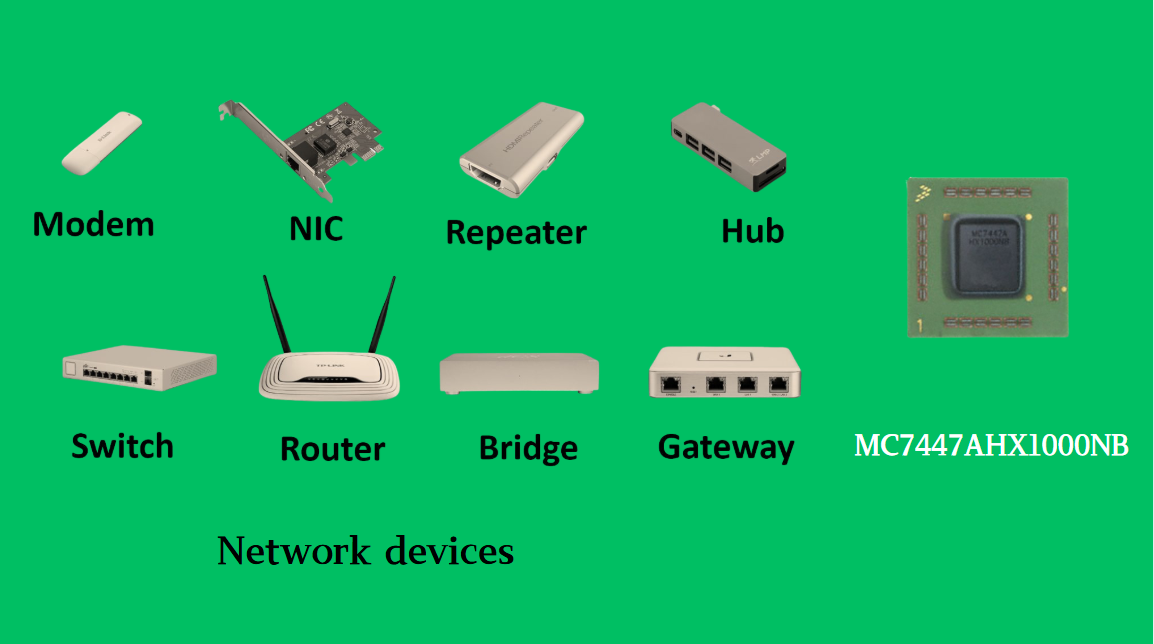
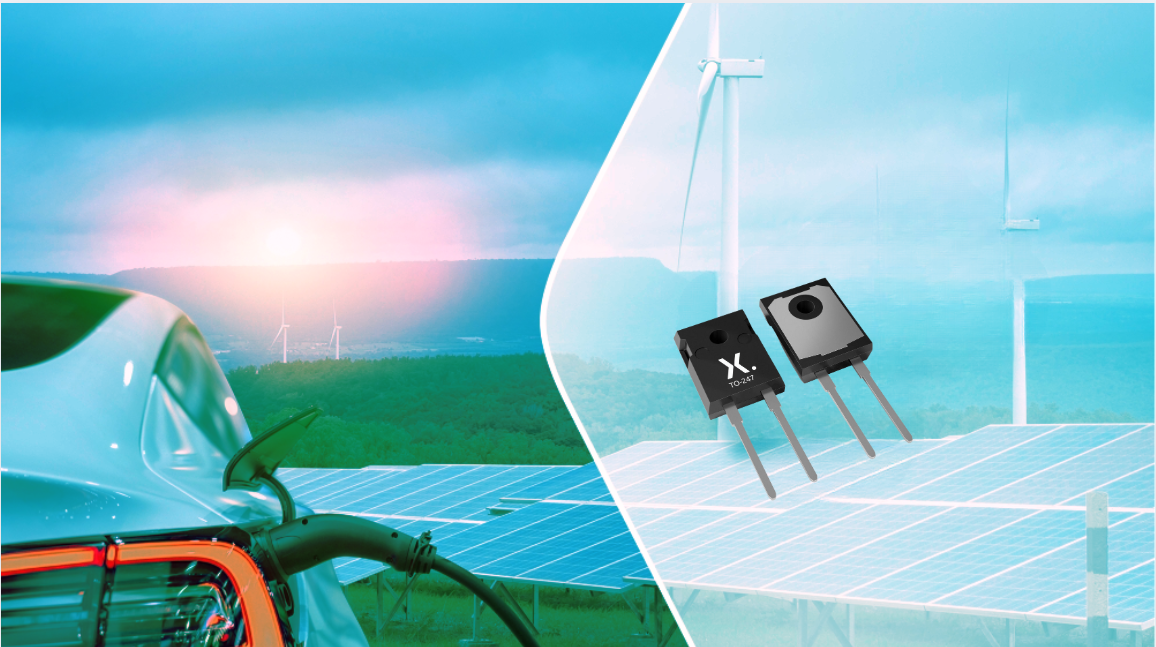
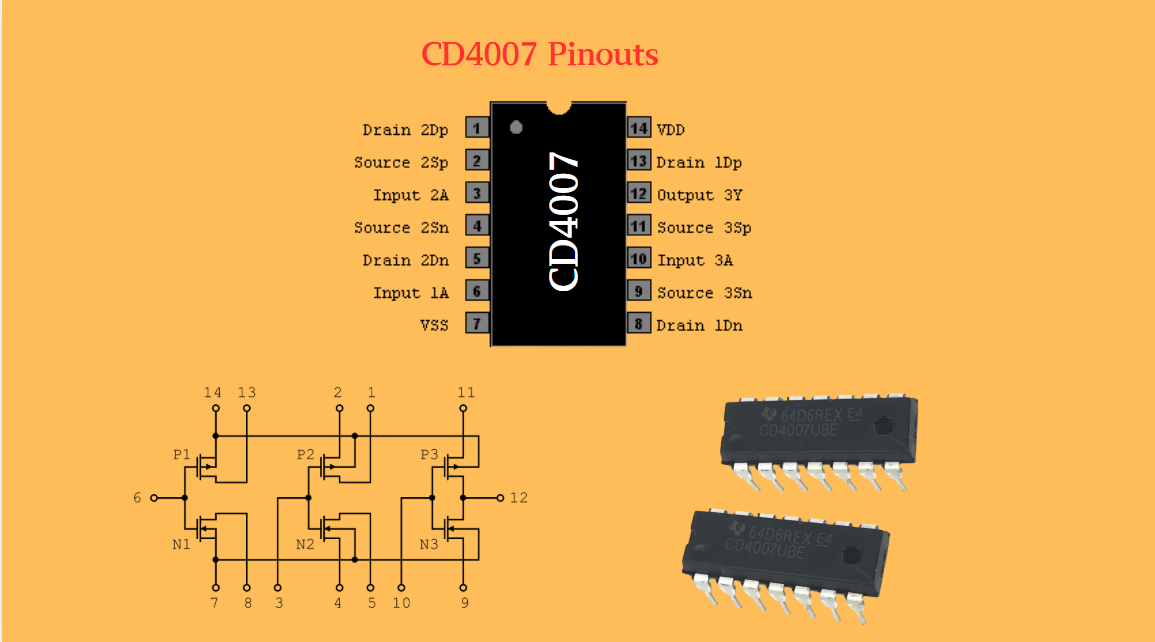
 Wishlist (0 Items)
Wishlist (0 Items) 